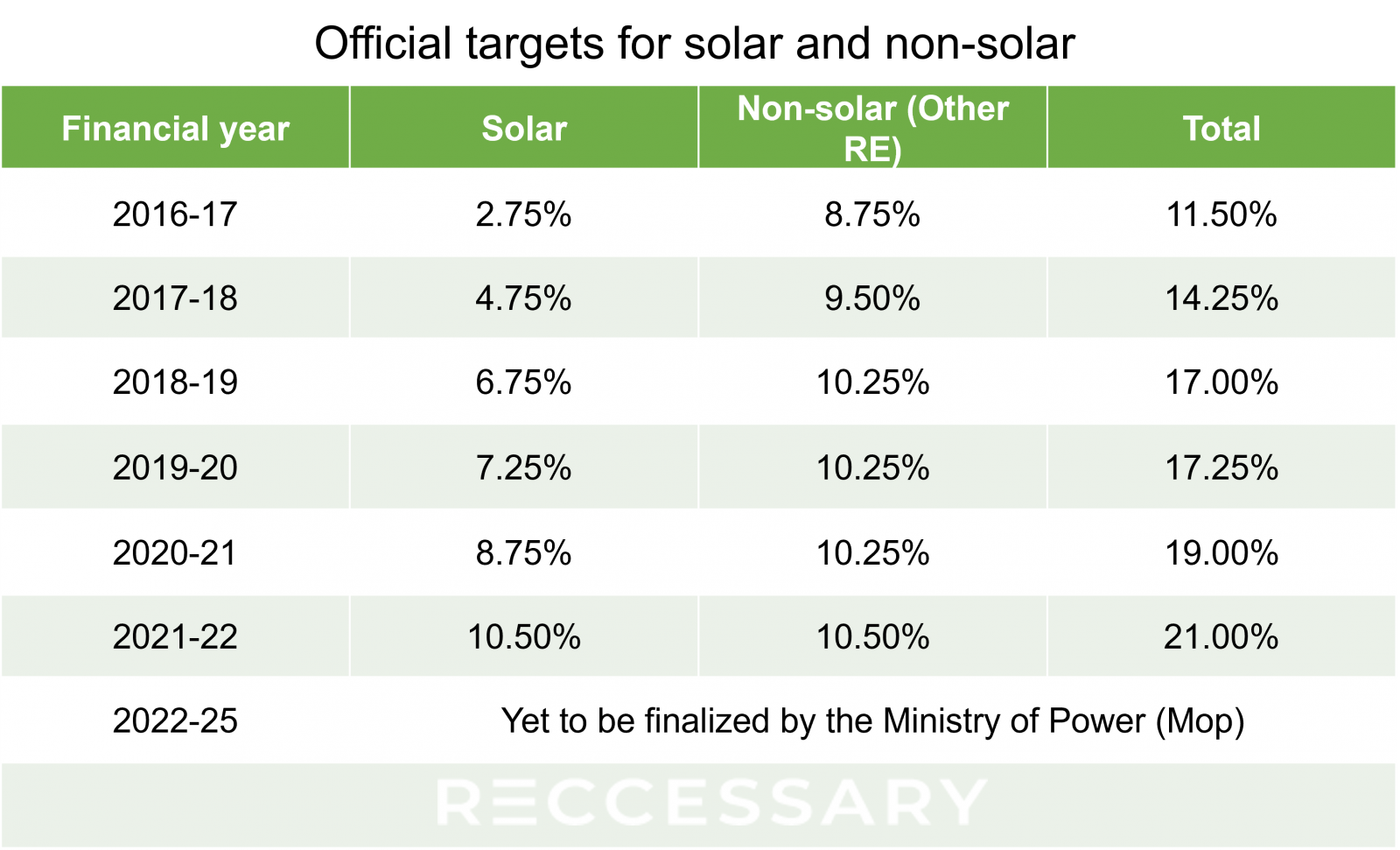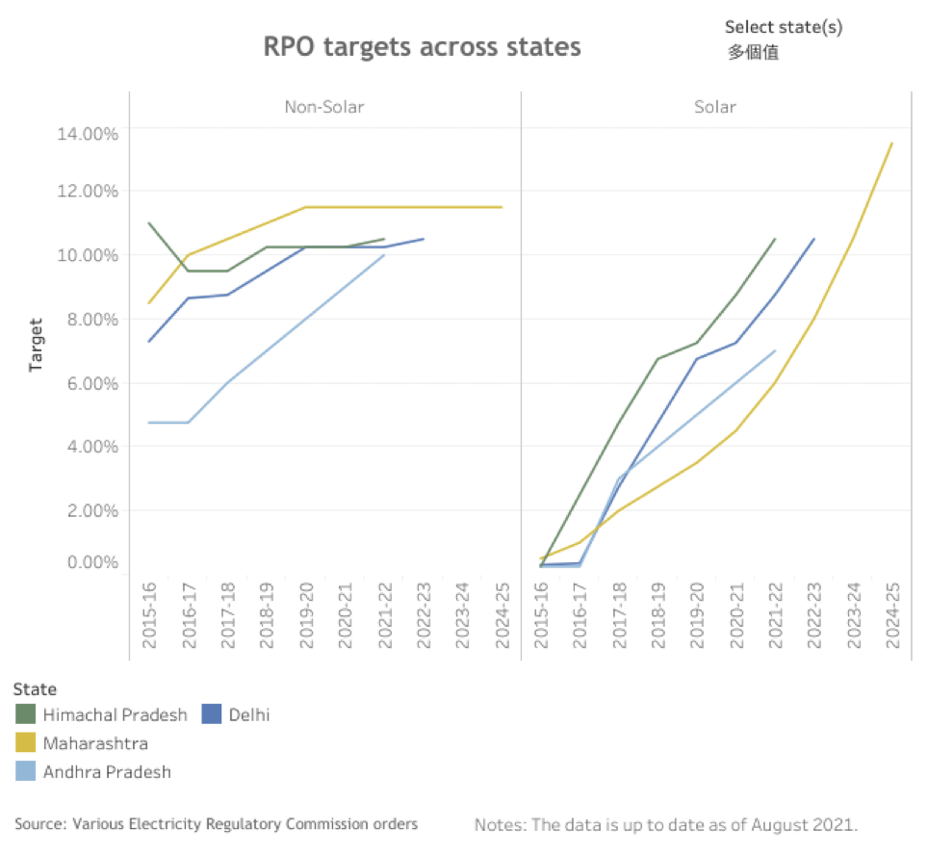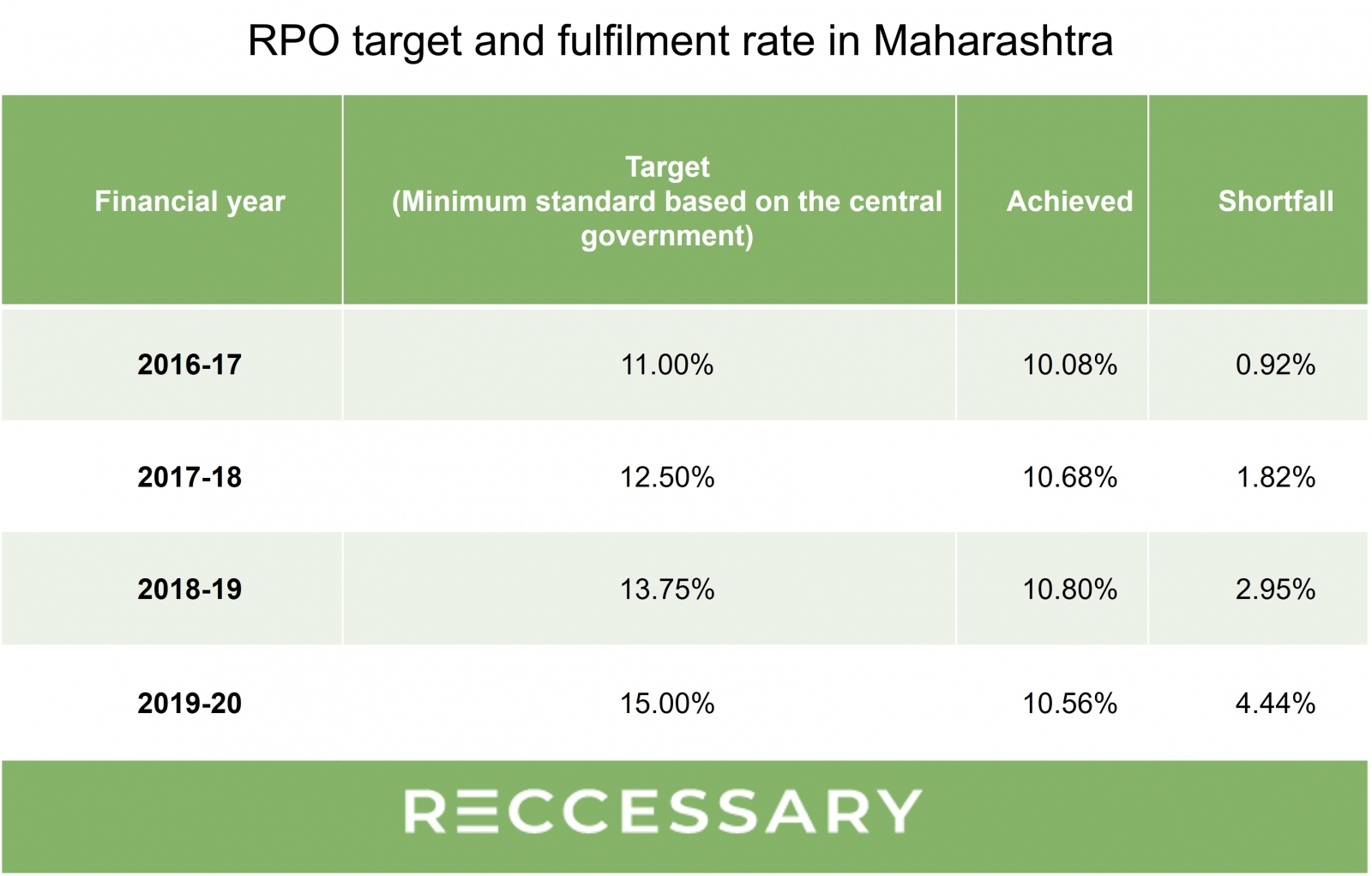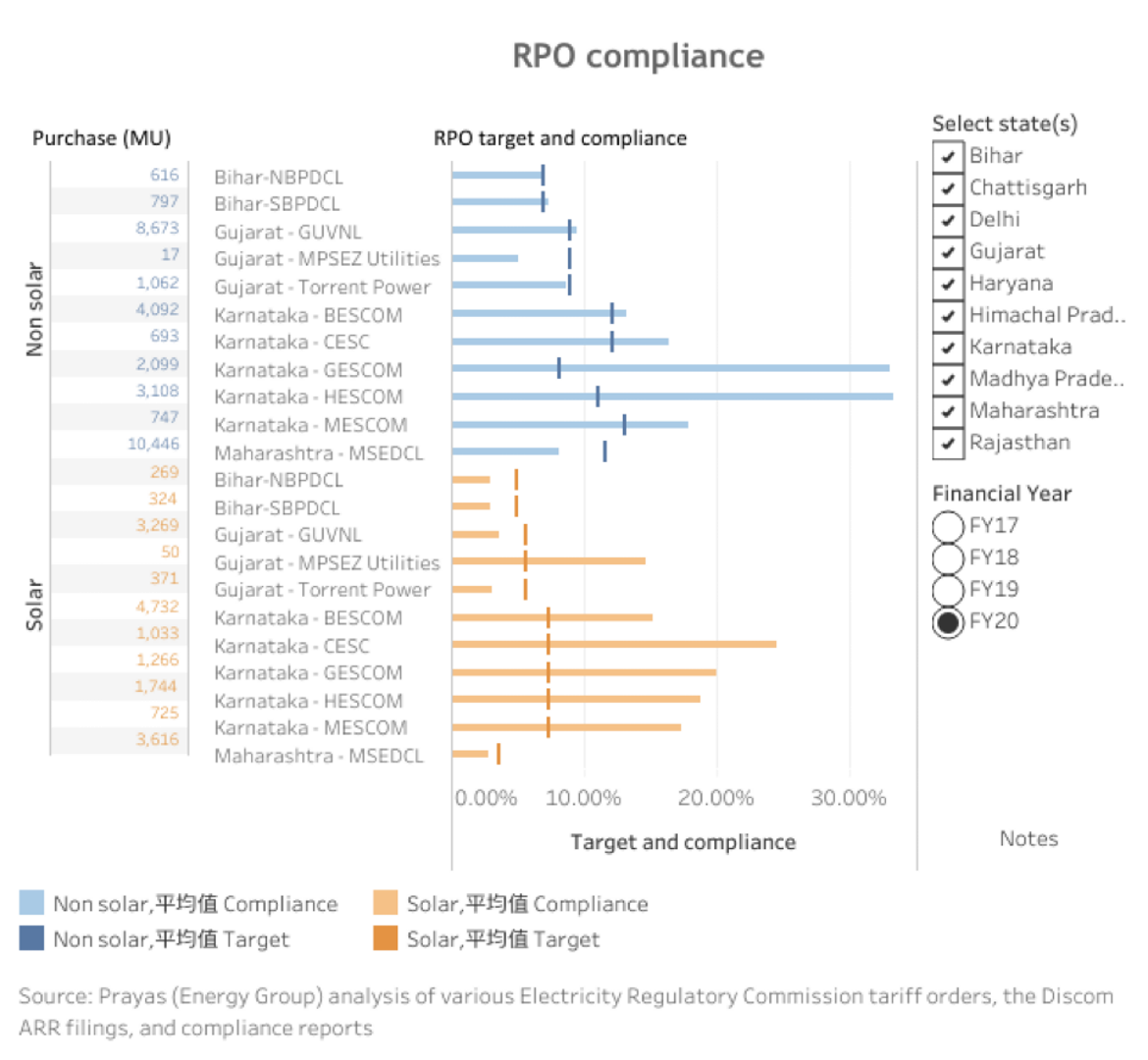Introduction
To practice the National Action Plan for Climate Change (NAPCC), India introduced the renewable energy purchase obligation policy in January 2010 that is applicable to public power distribution companies as well as some power users. The central government sets the minimum consumption ratio of renewable energy in each state, and the state governments develop the most suitable source of renewable energy according to the target. If the requirements cannot be met by the use of renewable energy, the difference can be made up by purchasing renewable energy certificates (RECs). Learn more at Renewable Energy Certificate of India.
Basic information
- Regulated entity: Captive power producers (CPP), power users with open access (OA), and distribution companies (DISCOM)
- Duration: 2030 to 2050
- Policy: Power companies are required to sell a certain percentage of renewable energy.
Policy and objectives
There are three types of regulated objects:
- Power distribution unit: Power distribution company
- Power users with open access: Consumers who receive electricity from power exchanges or trade offices through mutual agreements, etc.
- Captive power producers: Self-owned coal-fired or natural gas power plants
A minimum consumption ratio of renewable energy is stipulated in each state by the central government for state governments to develop the most suitable sources of renewable energy. The difference can be made up by purchasing RECs if a company fails to meet the requirement by the use of renewable energy. The following is the targets set by the government, divided into solar and non-solar:

The target of each state is also set by state governments according to the characteristics of the state. The following figure shows the RPO targets of solar and non-solar energy for four states in India:

Solar and non-solar RPO targets
( Latest update: August 2021)
Source: Prayas Energy Group
Obligation fulfillment process
Obligated entities can achieve the target in three ways:
- Self-generation of green electricity
- Purchase of electricity from renewable energy sources from other accredited licensees
- Purchase of RECs
Obligated entity who fails to comply with the RPO target will be required by the National Council to deposit the fine into a separate fund account, which is created and managed by the obligated entity. The amount of fine is determined by the council considering the RPO supervision fees and pricing of solar and non-solar energy.
Implementation progress
Taking Maharashtra State of India as an example, there is still a discrepancy between the RPO fulfilment rate and the target set by Maharashtra State itself, with the gap increasing year by year.

The following chart provided by Prayas shows RPO compliance of multiple states in India.

RPO compliance of states in India
Source: Prayas Energy Group
Sources
- Maharashtra Energy Development Agency (MEDA)
- Prayas Energy Group
- Assam Electricity Regulatory Commission
- Taiwan Trade: Environmental information and analysis of the key solar photovoltaic market in India
- Analysis of the impact of solar energy policy in india